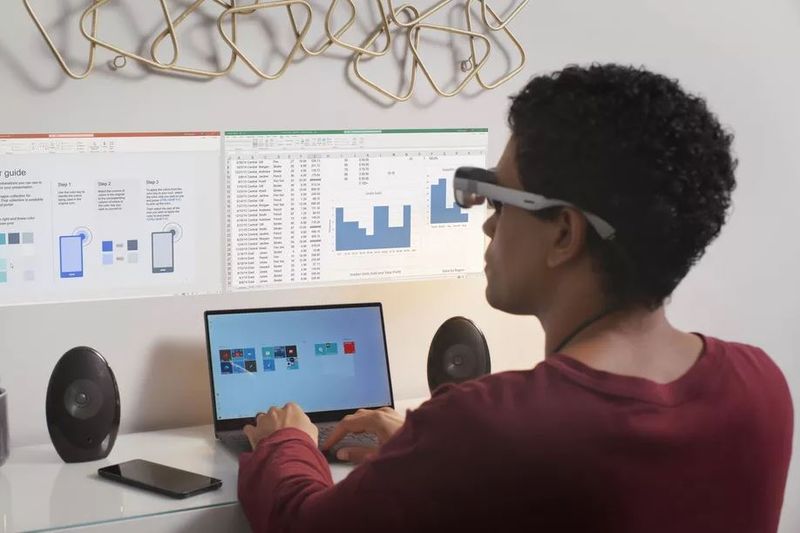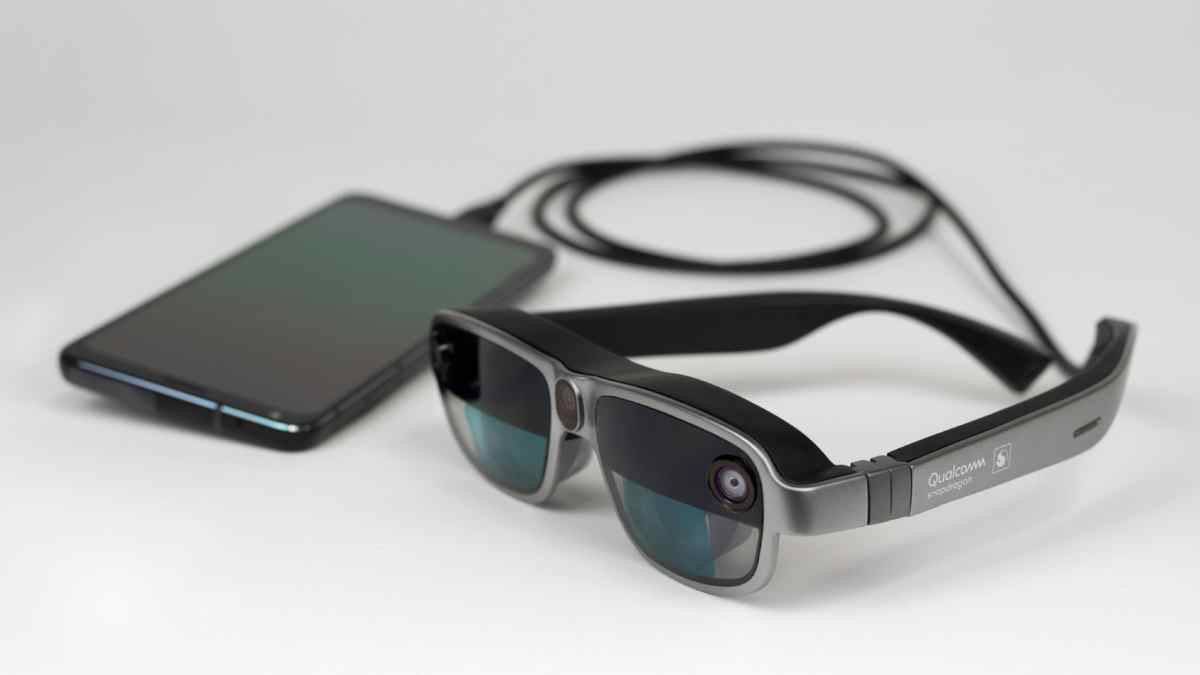While Virtual Reality continues to lose support along the way, as we have been seeing in recent years, Augmented Reality is doing just the opposite, with more and more interest in this technology for all that it is capable of offering.
To encourage it, Qualcomm, a well-known manufacturer of mobile chips, has just presented the new XR1 AR Smart Viewer, its new reference smart viewer design, a type of Augmented Reality glasses in which the processing will be shared between the chips of the glasses themselves and the device to which they are connected.
And it is not a standalone device, is designed to be connected to another device, especially with computers or phones via a USB-C cable, although it also supports connection to other types of devices that may also be coming down the road.
Qualcomm considers Augmented Reality glasses as the perfect ally to encourage the use of 5G mobile connectivity technology through a variety of applications and services that put 5G at full capacity.
This reference design will allow developers to work on their new experiences, while manufacturers will be able to launch Augmented Reality glasses models using this design as a base, or in other words, it is not intended to reach the end consumer.
With the appearance of conventional sunglasses
The company notes that these reference glasses are based on the Snapdragon XR1 platform and feature two small 0.71″ OLED displays with FullHD resolution and 90Hz refresh rate, plus support for six-degree motion tracking, hand tracking, integrating two 1MP cameras and an 8MP RGB camera with which to see the physical space where to superimpose virtual elements, allowing you to interact with them or fix them in specific places.

It also houses two small speakers, three microphones, and a 220mAh rechargeable battery.
In terms of appearance, they look quite similar to conventional sunglasses, although they differ aesthetically by having one of the two thicker temples, and by the integrated cameras on the front.
For its part, Lenovo will launch the new Think Reality A3 in the middle of the year, which is based on the AR Smart Viewer, which Qualcomm says has been developed in parallel, and which were presented earlier this year at CES.
Microsoft says it will also use the Smart Viewer to expand the mixed reality services of its Azure cloud computing platform, with the hope that over time, these experiences will move from enterprise environments to the consumer device segment.
Other options based on the XR1 AR Smart Viewer are also expected to arrive from the middle of this year, although other manufacturers are also developing their solutions completely on their own, as in the cases of Facebook or Apple as the most prominent examples.





